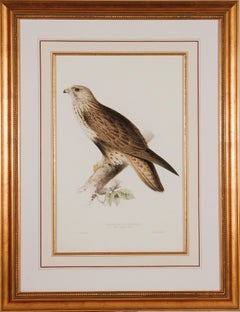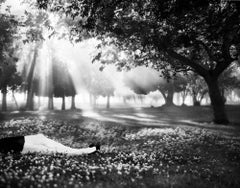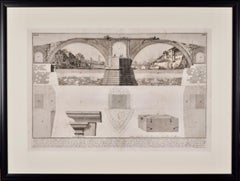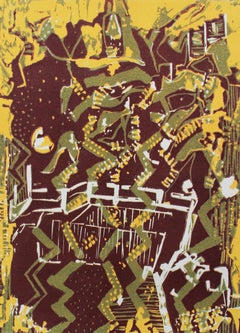Italian Old Masters
Mid-19th Century Naturalistic Italian Old Masters
Lithograph
2010s Contemporary Italian Old Masters
Archival Pigment
1750s Old Masters Italian Old Masters
Etching
Mid-19th Century Realist Italian Old Masters
Lithograph
1820s Old Masters Italian Old Masters
Etching
Early 2000s Abstract Italian Old Masters
Archival Ink, Archival Paper, Linocut, Archival Pigment
2010s Contemporary Italian Old Masters
Silk, Screen
Mid-18th Century Old Masters Italian Old Masters
Engraving
Mid-18th Century Old Masters Italian Old Masters
Engraving
2010s Italian Old Masters
Paper
Mid-19th Century Romantic Italian Old Masters
Engraving
Mid-18th Century Old Masters Italian Old Masters
Engraving
Mid-18th Century Old Masters Italian Old Masters
Engraving
1980s Contemporary Italian Old Masters
Screen
2010s Pop Art Italian Old Masters
Paper, Inkjet, Pigment, Archival Pigment
Mid-18th Century Old Masters Italian Old Masters
Engraving
Early 2000s Abstract Italian Old Masters
Archival Ink, Archival Paper, Linocut, Archival Pigment
1850s Italian Old Masters
Woodcut
2010s Pop Art Italian Old Masters
Inkjet, Pigment, Archival Pigment, Paper
2010s Abstract Italian Old Masters
Archival Pigment
Mid-19th Century Naturalistic Italian Old Masters
Lithograph
Mid-18th Century Italian Old Masters
Engraving
Mid-19th Century Realist Italian Old Masters
Lithograph
1850s Italian Old Masters
Woodcut
2010s Abstract Italian Old Masters
Archival Pigment
2010s Abstract Italian Old Masters
Archival Pigment
Early 18th Century Old Masters Italian Old Masters
Engraving
Mid-17th Century Old Masters Italian Old Masters
Engraving
1850s Italian Old Masters
Woodcut
Mid-19th Century Naturalistic Italian Old Masters
Lithograph
Mid-17th Century Old Masters Italian Old Masters
Engraving
2010s Abstract Italian Old Masters
Archival Pigment
1970s Contemporary Italian Old Masters
Lithograph
Mid-19th Century Realist Italian Old Masters
Lithograph
2010s Street Art Italian Old Masters
Screen
1970s Italian Old Masters
Screen
21st Century and Contemporary Abstract Italian Old Masters
Fabric, Screen
21st Century and Contemporary Abstract Italian Old Masters
Fabric, Screen
Mid-19th Century Romantic Italian Old Masters
Engraving
21st Century and Contemporary Abstract Italian Old Masters
Fabric, Screen
2010s Abstract Italian Old Masters
Archival Pigment
2010s Abstract Italian Old Masters
Archival Pigment
2010s Abstract Italian Old Masters
Archival Pigment
2010s Tribal Italian Old Masters
Photographic Paper, Archival Pigment
2010s Tribal Italian Old Masters
Photographic Paper, Archival Pigment
16th Century Old Masters Italian Old Masters
Engraving
Early 19th Century Old Masters Italian Old Masters
Engraving
16th Century Old Masters Italian Old Masters
Engraving
16th Century Old Masters Italian Old Masters
Engraving
Mid-17th Century Old Masters Italian Old Masters
Engraving
Mid-19th Century Naturalistic Italian Old Masters
Lithograph
2010s Contemporary Italian Old Masters
Photographic Paper, Archival Pigment, Glass, Wood, Archival Paper, Color...
Late 19th Century Naturalistic Italian Old Masters
Lithograph
2010s Abstract Italian Old Masters
Archival Pigment
2010s Abstract Italian Old Masters
Archival Pigment
2010s Pop Art Italian Old Masters
Paper, Inkjet, Pigment, Archival Pigment
2010s Contemporary Italian Old Masters
Archival Paper, Archival Ink
2010s Contemporary Italian Old Masters
Oak, Photographic Paper, Archival Pigment





